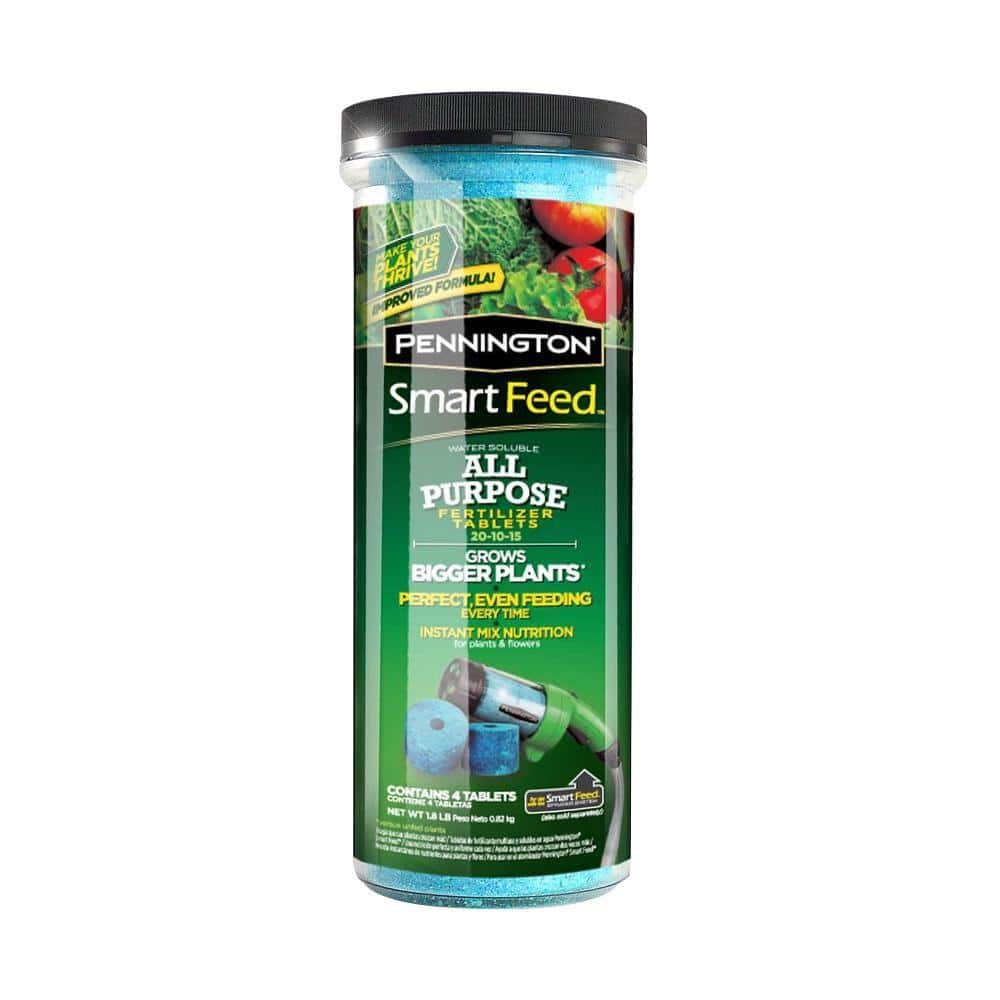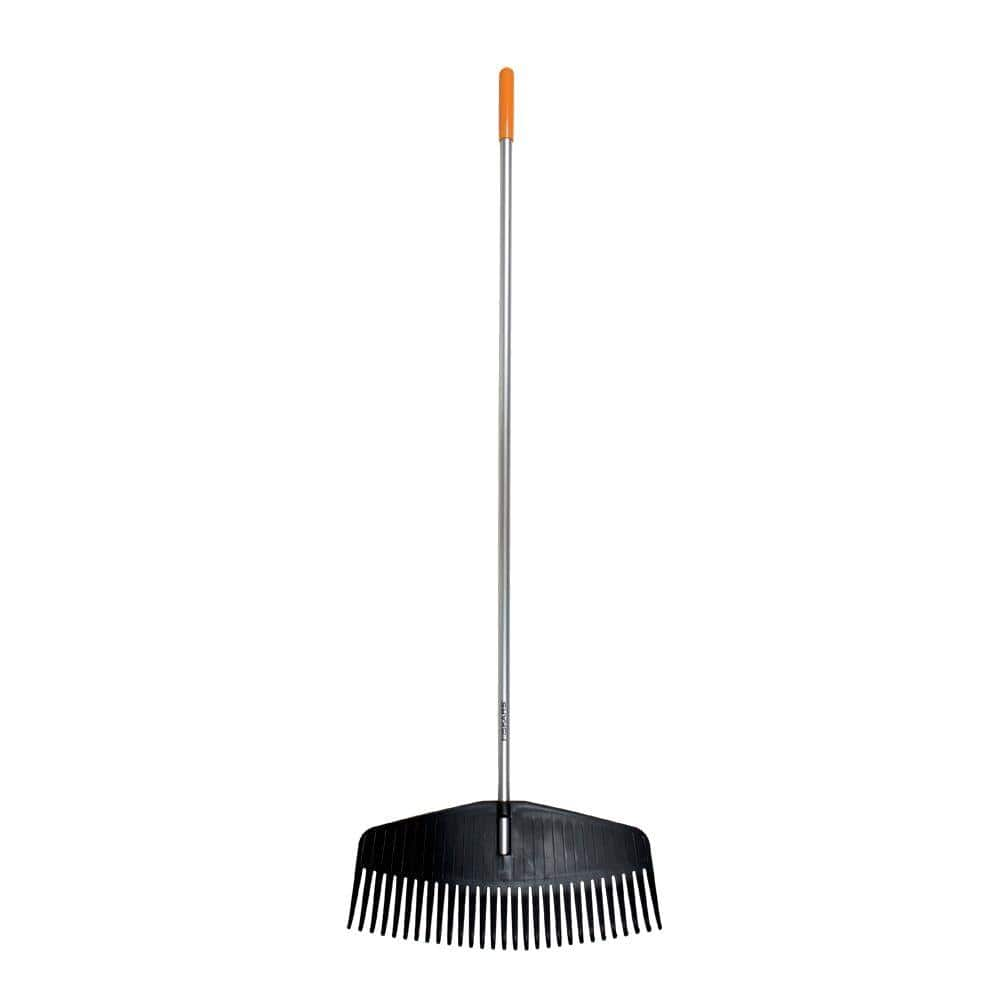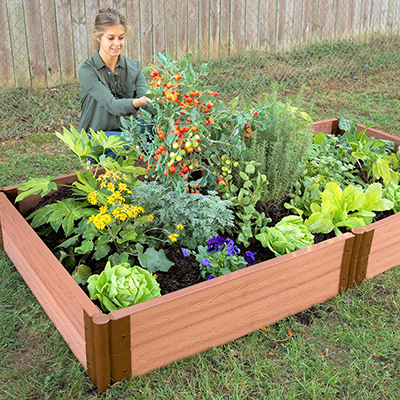How to Refresh Garden Bed Soil

Last updated May 13, 2024
In your garden, each time a crop finishes and you plan to start a new one, seize the opportunity to improve your soil. Routinely amending soil with rich organic matter like compost sets your next crop up for success.
You can refresh garden soil any time of the year that soil is workable. This can be mid-season, like the transition from summer to fall, or at the beginning of a season, like spring.
In this guide, learn how to amend worn-out garden soil in between plantings.
Table of Contents
Best Soil for Your Garden
Test Your Garden Soil
Till Soil
Raised Garden Beds
Amend Soil
Add Organic Fertilizer
Best Soil for Your Garden

The best soil for most vegetable and flower gardens is moist and well-draining. This soil is usually described as loamy and is a matrix of sand, silt and clay. When you build up soil with organic matter like compost, you give your garden the very best start. Routinely amending garden soil helps plants fight disease and pest pressure and produce better crops.
The first step in refreshing garden bed soil is to clean the garden bed. Remove dead roots and foliage that can harbor pathogens or pests. If you suspect that the plants are diseased, it’s best to bag and toss with the trash. Otherwise, place the plant material in your compost bin.
Test Your Garden Soil

If you’ve never done a soil test, now is a good time. You can pick up a soil test kit from the Garden Center or contact your local Cooperative Extension Service office for a low-cost test kit. Most bagged garden soils are a neutral pH. If you’re starting with native soils, soil test results will guide you to the right amendments for your garden.
Till Soil

If you have clay soil, tilling will help loosen the soil in order to add amendments. You can rent a tiller from The Home Depot Rental Center.
Not all soils need tilling. In fact, tilling can disturb weed seeds and bring them to the surface where they will sprout.
Instead of tilling, you can build raised garden beds or try no-till gardening where you pile good-quality soil into mounds above the compacted soil.
Raised Garden Beds

Raised garden bed soil needs special attention because, over time, soil settles in the beds. Regular compost applications help aerate soil and improve water-retention and drainage. Sowing cover crops and turning them will also help improve raised soil.
Tip: You can till raised garden bed soil, but keep in mind that disturbing raised bed soil will break up the soil web that you’ve created. Try amending the soil with compost and topping mulch instead.
Amend Soil

Based on soil test recommendations, add amendments to soil. Even without a soil test, most garden beds will benefit from the addition of organic amendments like:
- Vermicompost, purchased or homemade
- Organic compost, purchased or homemade
- Composted manure from a trusted source (free of weed seeds and chemicals)
- Composted leaves/leaf litter
- Mushroom compost
Add Organic Fertilizer

Depending on the crop you’re planting next, you may want to boost the soil with an organic slow-release fertilizer. Keep in mind that long-lived vegetables like tomatoes need more fertilizer than fast-growing leafy greens. Start with half the recommended amount if you’re concerned about over-fertilizing the soil.
Rake the Bed

Rake the surface of the soil into a slightly raised bed with a flat top. If you are not ready to plant, mulch with untreated grass clippings, newspaper or cardboard to protect the bed until you’re ready to plant.
Refreshing garden soil with organic amendments improves your crop yield and makes for a healthier garden. Ready to find the right soil, planters and more? Use the Home Depot Mobile App to locate products and check inventory. We’ll take you to the exact aisle and bay.
































